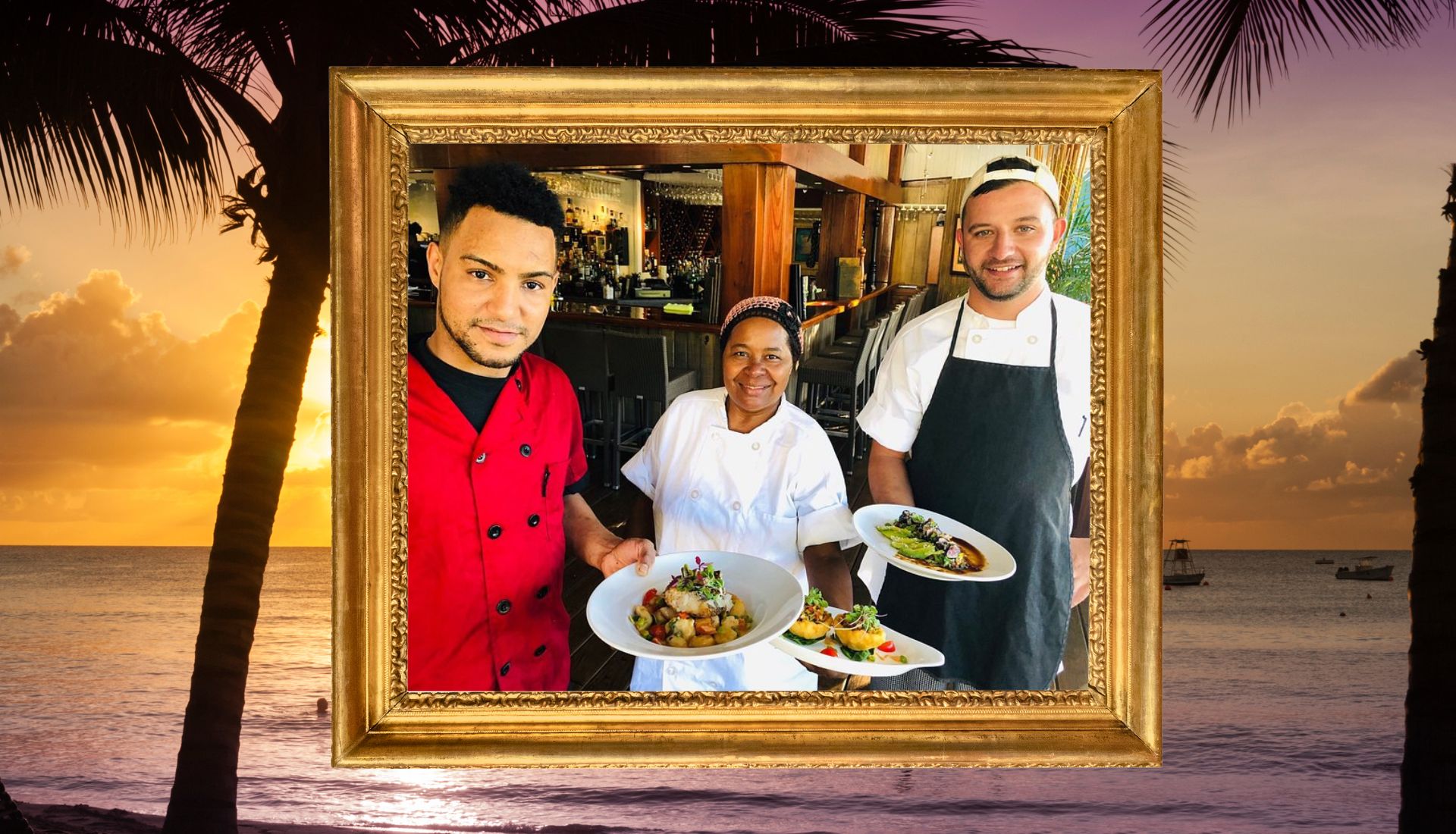
MAY 15,
2024
The Caribbean, with its unique blend of indigenous, African, European and Asian cultures, has for centuries been a melting pot of culinary influences. From Taino farming practices to the introduction of spices by European colonists when they arrived in the region, and the influence of the African diaspora, each cultural and historical element has left its mark on Caribbean cuisine.
The emergence of Neo-Caribbean gastronomy can be traced back to recent decades, when chefs began to reinterpret traditional dishes but incorporating modern techniques and global ingredients to increase this cuisine’s interest. This evolution has been driven both by the Caribbean diaspora seeking to maintain its culinary roots and by the growing popularity of ethnic cuisine among adventurous palates.
As we said before, Neo-Caribbean cuisine makes creative use of ingredients emblematic of the region, such as plantain, yam, coconut, fresh seafood and a variety of aromatic spices such as allspice and nutmeg, among others. These ingredients today are combined with new elements, such as quinoa, avocado and coriander, to create innovative dishes that maintain the essence of Caribbean cuisine while exploring new flavor territories.
Representative dishes of neo-Caribbean gastronomy can include coconut ceviche with lobster, a delicious fusion of fresh seafood, creamy coconut and citrus flavors; mofongo stuffed with pulled pork and tamarind sauce, which combines the Puerto Rican tradition of mofongo with bold flavors and surprising textures; and also fish curry with fried plantain macho, a Caribbean reinterpretation of the classic Indo-Caribbean dish.
If we want to really understand this gastronomic culture, it is important to mention that today Neo-Caribbean cuisine is not only a feast for the palate, but also a window into the region's rich history, as we said before. Through its innovative flavors and techniques, we can also say that this culinary style celebrates the diversity and creativity that have defined the Caribbean over the centuries.

If you want to enjoy the best neo-Caribbean gastronomy experience, visit us at Morgan's Mango. Our food covers many typical cuisines, from Cuban, Bahamian, Jamaican and Haitian to Creole, Puerto Rican and Mayan. They are all cuisines that have been heavily influenced by the original inhabitants of the islands in the region, as well as the East Indians, Africans and Chinese who later arrived in the area. Add to this the influence of French, Spanish, Danish and British settlers and you have a very important melting pot of ethnic cuisines.
Morgan's Mango has been open since 1992. Since then, through its various aspects it has sought to reflect the island's life and identity. Therefore, upon entering, visitors are met with a place of dazzling light and color, access to starry nights and a tropical breeze that makes the diners relax, thus achieving a complete multi-sensory experience.
To conclude, at Morgan's Mango we aim to make the neo-Caribbean experience complete, which is why we provide local juices and jazz that allow visitors to introduce them to new lifestyles. That's why visiting us is a true Caribbean adventure. Contact us and solve your doubts for your next great trip.
05
MAY

The island of St. John, in the heart of the Caribbean, has long been a quintessential haven for those seeking a unique dining experience. With a blend of Caribbean and continental influences, St. John's gastronomy is a feast for the senses, where local flavors combine with innovative culinary techniques.
Read more
Morgan's Mango is a restaurant with a long tradition that has been open since 1992. From the beginning, we have focused on creating an atmosphere that surprises through both the dishes and the ambience, which aims to turn the restaurant into a true Caribbean experience and adventure.
Read more